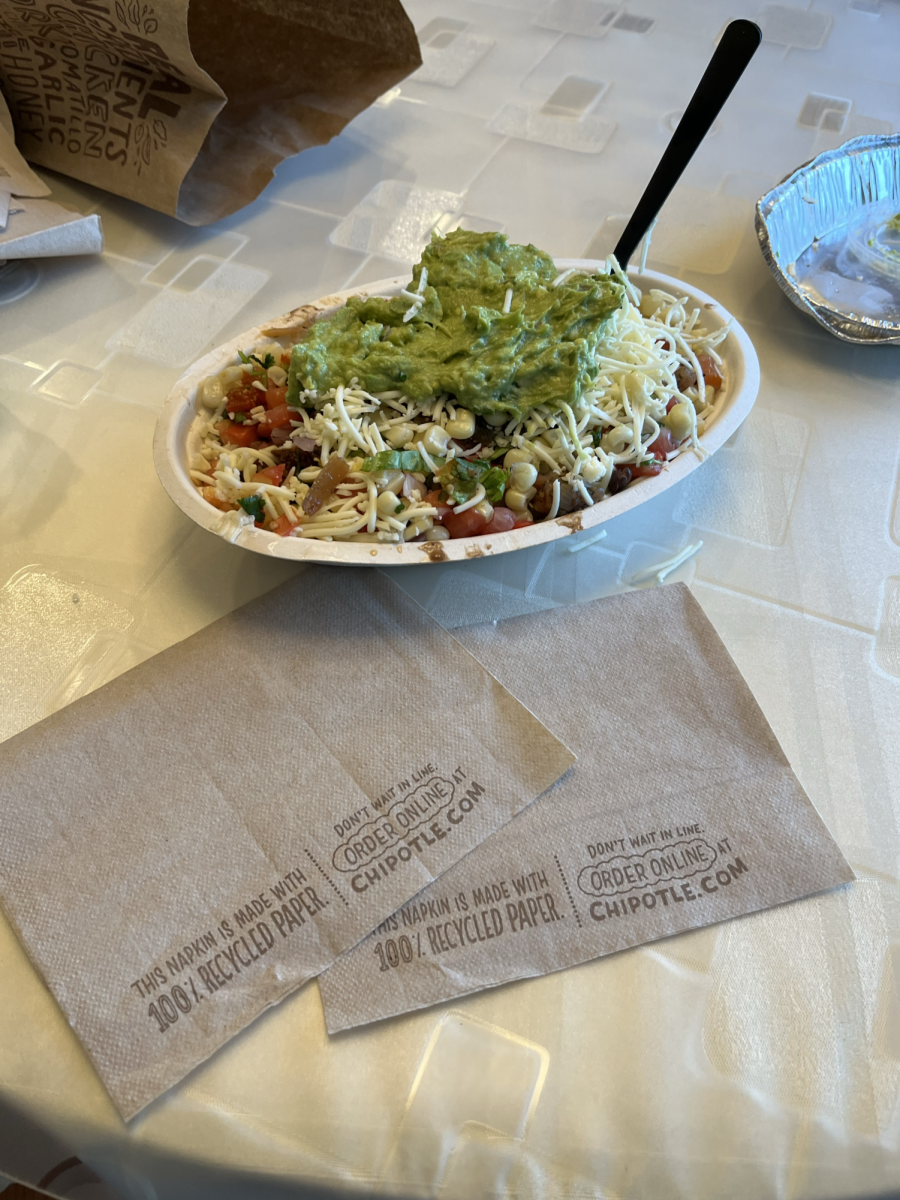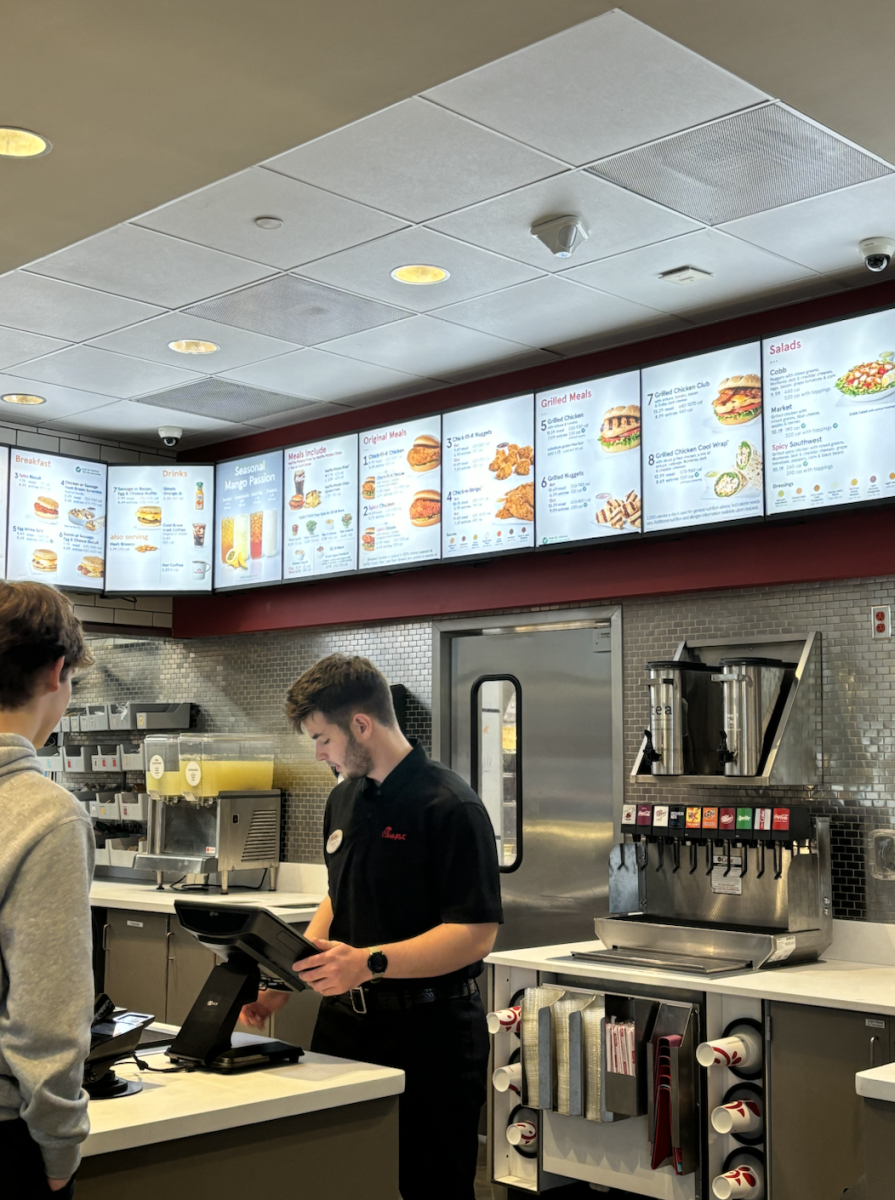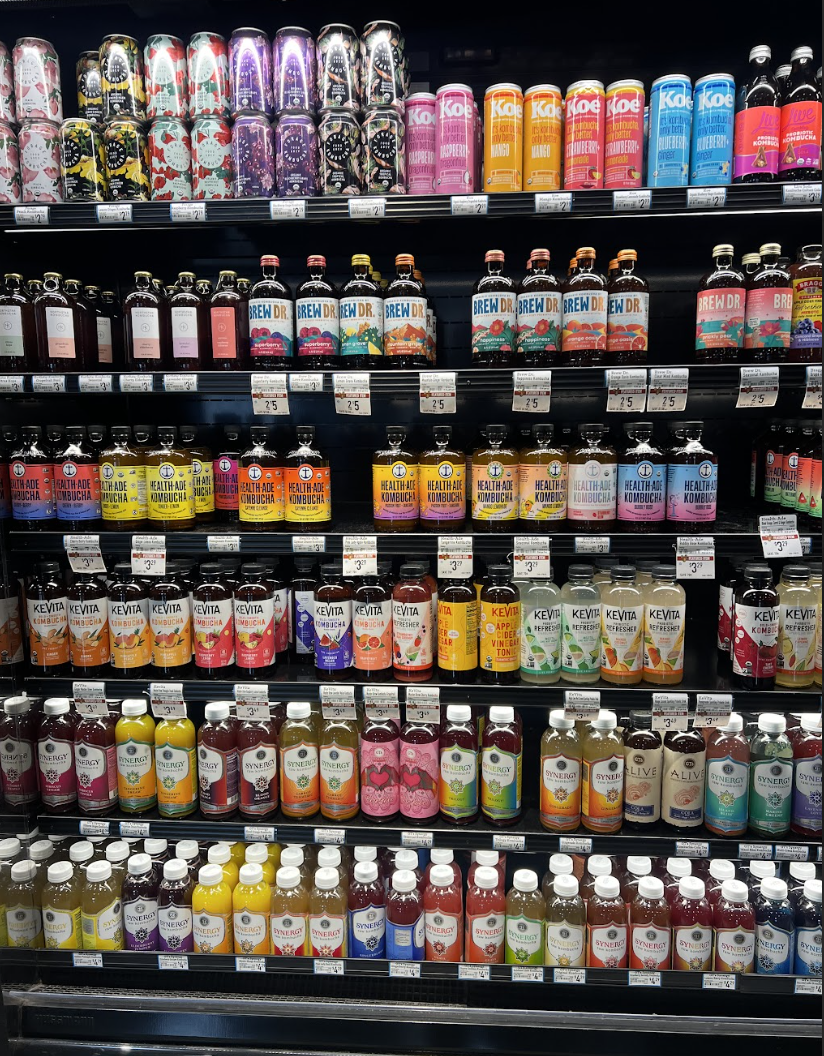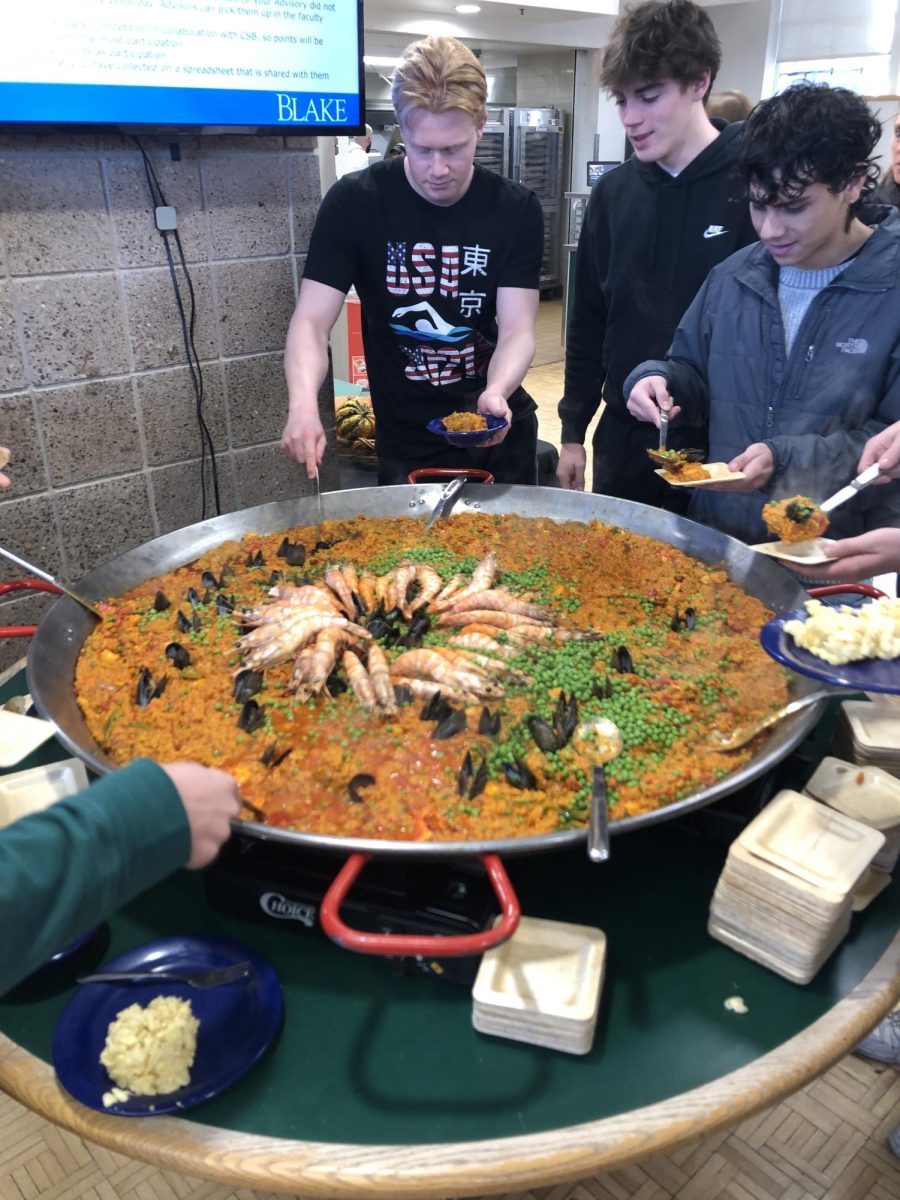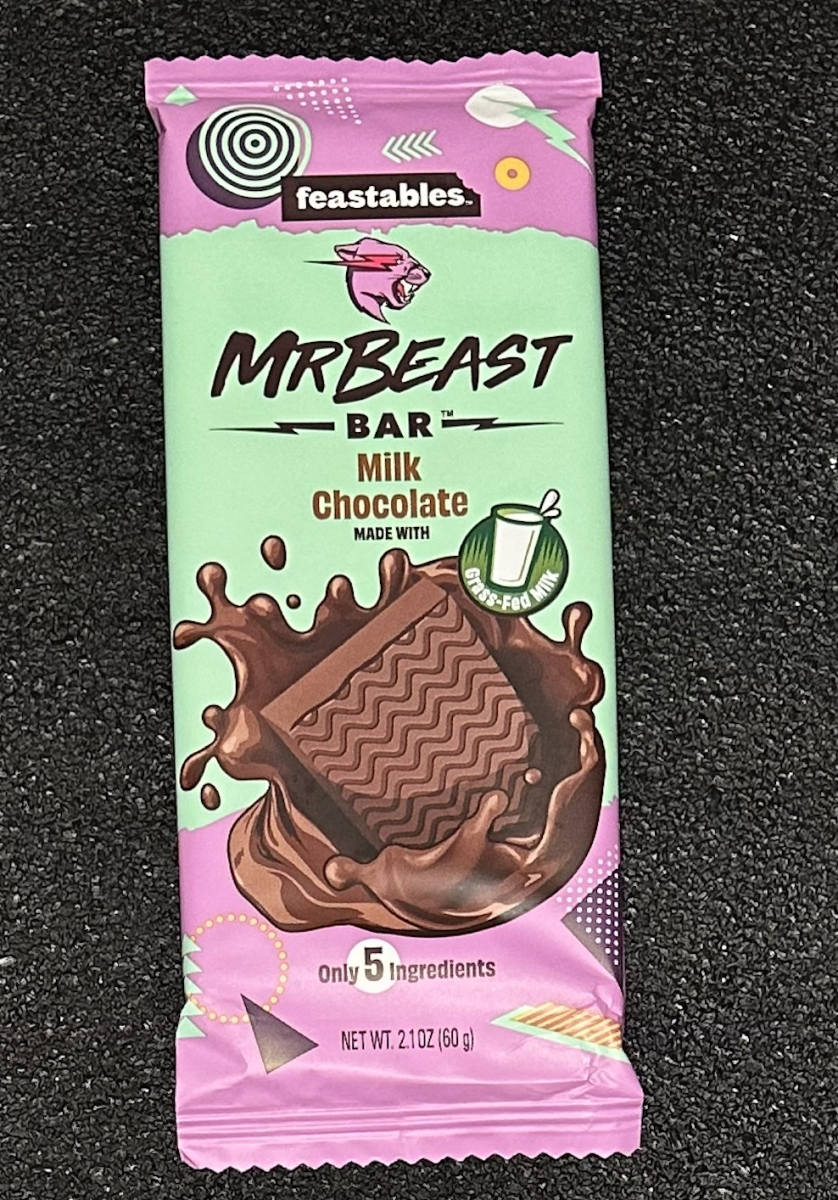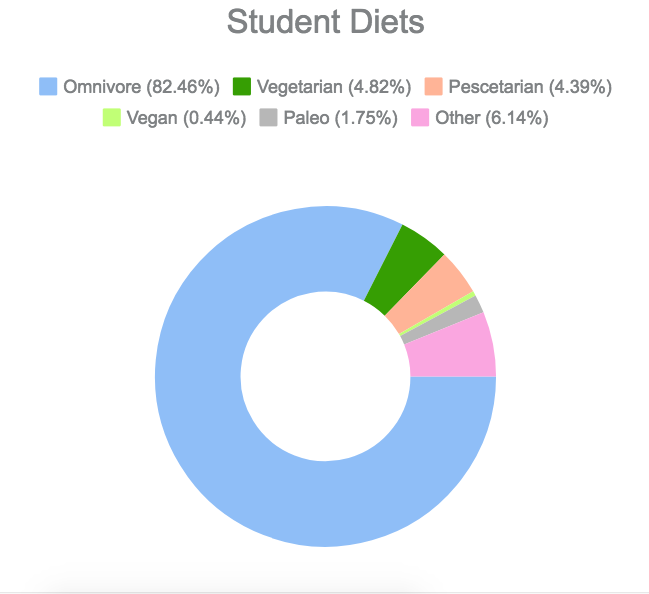
Contrary to the negative connotations of the word, the term “diet” describes an eating plan as a whole, independent from any goal of weight loss or gain, or an alternative health restriction, even if that is sometimes the case. Diets within the school and around the world fill a wide variety of practices. Diets diversify people whether they are catered for ethical, religious, or health restrictions, uniquely nourishing individuals as they eat away at daily tasks.
Omnivore: The omnivorous diet is by far the most popular one, including any and every food into its menu. This diet is most easy to follow, avoiding any restrictions on foods. This is widely seen as the most beneficial diet and almost guarantees a healthy balance of vitamins and nutrients. One downside of this diet is consumption of meat, more harmfully, red meat, because of its impact on health in the long run. An excess of some foods in this diet may cause issues with high cholesterol, heart disease, diabetes, and more. Especially for growing kids, this diet may seem vital to ensure healthy growth and strong bones, but being aware of its potential risks is vital.
Pescetarian: The “pesco-vegetarian,” or pescetarian diet, excludes meat and poultry. Fish is allowed in this diet, allowing for a pescatarian person to easily get enough protein as well as some healthy oils and fats from the fish. This diet typically suits someone who wants to decrease their meat and poultry consumption but still gets enough nutrients without having to worry about it too much. This is also often seen as a transition diet to vegetarianism as it allows for someone to cut down on their animal consumption without completely getting rid the traditional entree on their plate.
Vegetarian: The vegetarian diet is perhaps one of the most widely known. It has a large following for moral, health, and environmental reasons. Vegetarians avoid anything with a face but consume other animal products such as dairy and eggs, which are accepted into the diet and allow for a person to conveniently get enough protein and calcium into their diet, along with some other nutritional benefits of those two food categories.
Vegan: One of the most critiqued diets in society and media – the vegan diet, which consists solely of plant-based foods. This means that meats, poultry, fish, dairy, or eggs are off-limits. Fortunately, there are plenty of plant-based substitutes for these foods! Vegans are often questioned about their sources of protein and other essential parts of a healthy diet, however, there are a plethora of sources from which they can get proper nourishment. Vegans avoid animal products for both, health and ethical reasons, often extending their dietary beliefs to their lifestyle by avoiding animal byproducts, like leather, as well.
Paleo: The paleo accepts foods that could be found during the Paleolithic era, or attained by a hunting or harvesting back then. The diet is often referred to as “the caveman diet”, as it follows supposedly the same things that were available for cavemen. This means you can eat meats, fish, nuts, leafy greens, some vegetables, seeds, and more. However, you can not eat any processed foods, anything made from grains or dairy, etc. This diet is controversial because, though it is believed to be the optimal human diet derived from our hearty ancestors and favors whole foods, cutting some of those prohibited products without any substitute might harmful in the long run.
Other: Some diets cater to a person’s religion, where some foods, commonly meats, may be forbidden. Other dietary restrictions can derive from food allergies or intolerances, which automatically restrict people from consuming certain products, unique to their needs.


